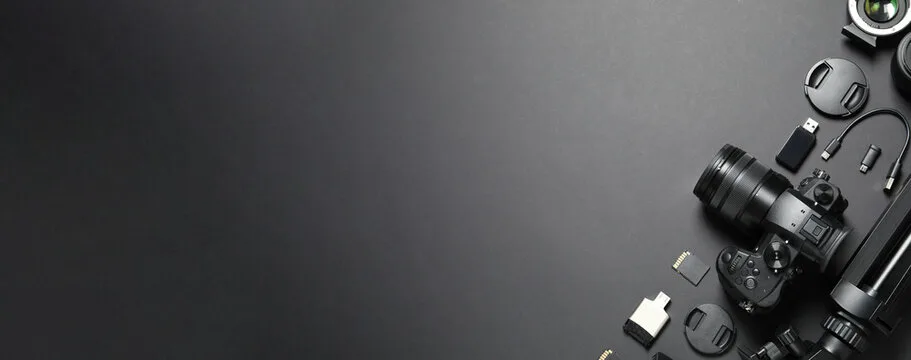
Blog
Panasonic LUMIX S1II Camera Released – Partially Stacked Sensor, 5.9K 60fps, Open Gate, Internal ProRes RAW, and More
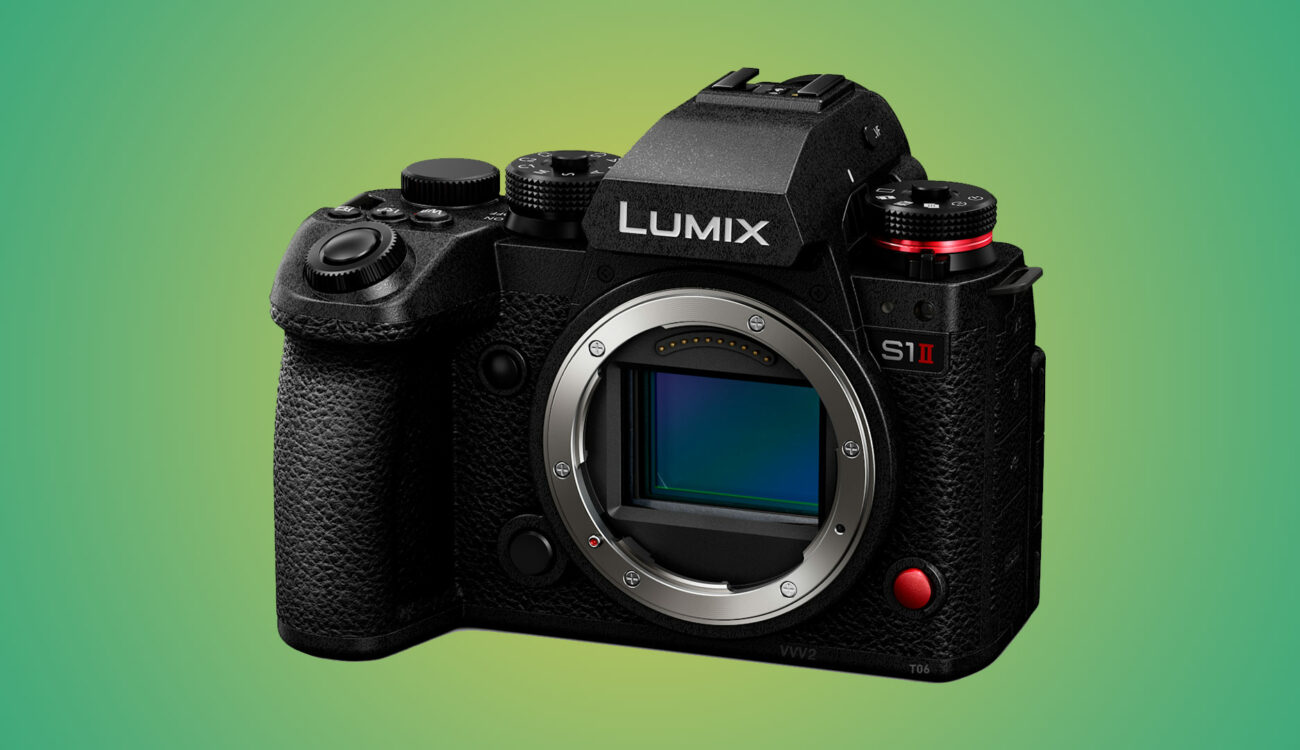
Panasonic LUMIX S1II Camera Released – Partially Stacked Sensor, 5.9K 60fps, Open Gate, Internal ProRes RAW, and More
Panasonic LUMIX S1II – Partially Stacked Sensor with IBIS
The LUMIX S1II sports a newly developed 24.1MP full-frame partially stacked CMOS image sensor, which is paired with a new generation Venus Engine. The sensor features a 5-axis IBIS that provides up to 8.0-stop compensation.
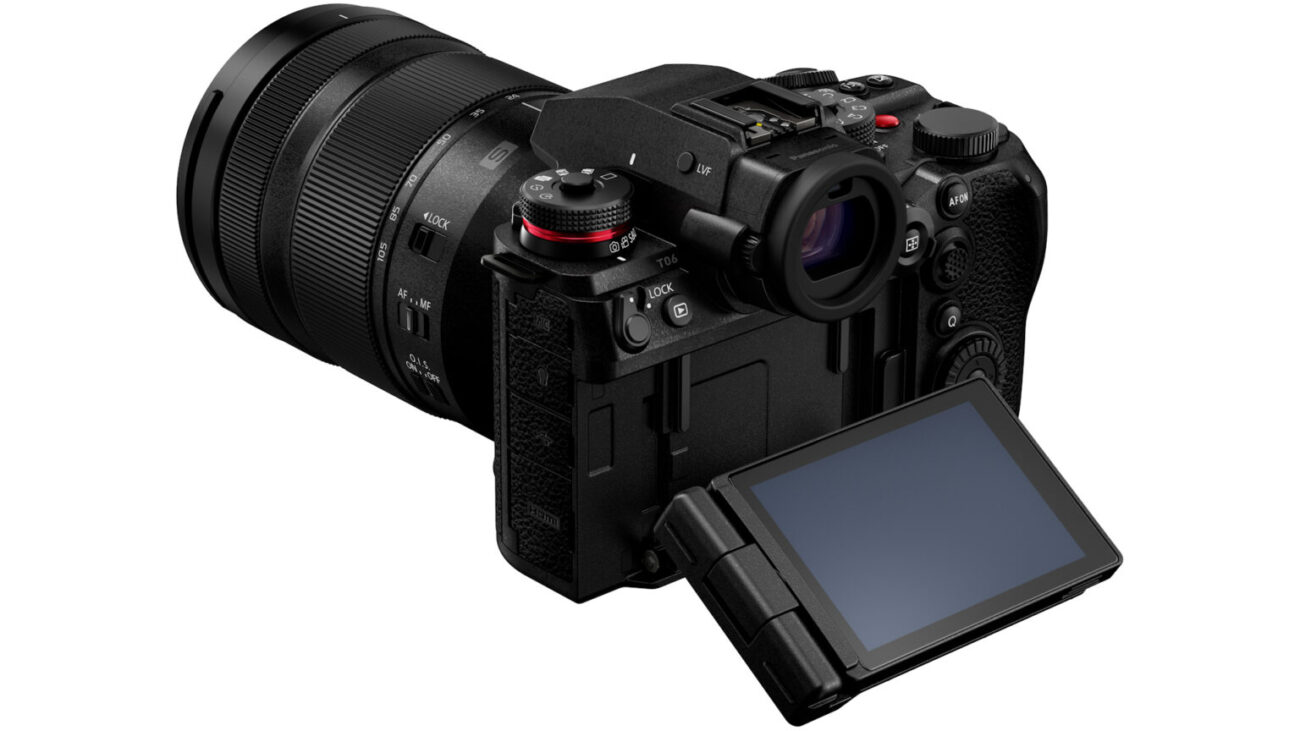
In stills mode using the electronic shutter, the camera can shoot up to 70 frames per second in SH burst mode. With the mechanical shutter, the maximum is 10 fps. There’s also an SH pre-burst mode that captures images for up to 1.5 seconds before the shutter button is fully pressed. The S1II features a phase hybrid AF with improved eye and face detection and AI-driven tracking accuracy for people. Additionally, there is now a new AF recognition for ‘Urban Sports’, accurately capturing dynamic movements like breakdancing, skateboarding, and parkour.
Video Features – Up to 5.9K 60fps
The LUMIX S1II offers the following video recording capabilities:
- 6K 3:2 open gate up to 30fps.
- 5.1K 3:2 open gate up to 60fps.
- 4.8K 4:3 open gate up to 60fps.
- 5.9K 16:9 up to 60fps.
- 4K (DCI 17:9, UHD, or 2.4:1) up to 120fps.
- FHD 16:9 up to 240fps.
There are many similarities to the S1RII. Both cameras share the same body and offer similar video recording capabilities. Because of the lower resolution sensor, there is no 8K video recording. On the other hand, the partially stacked sensor provides faster readout speeds. The LUMIX S1II offers video recording in a variety of codecs, including Apple ProRes 422, HQ, or RAW, as well as compressed H.265 or H.264 10-bit (LongGOP or ALL-Intra).
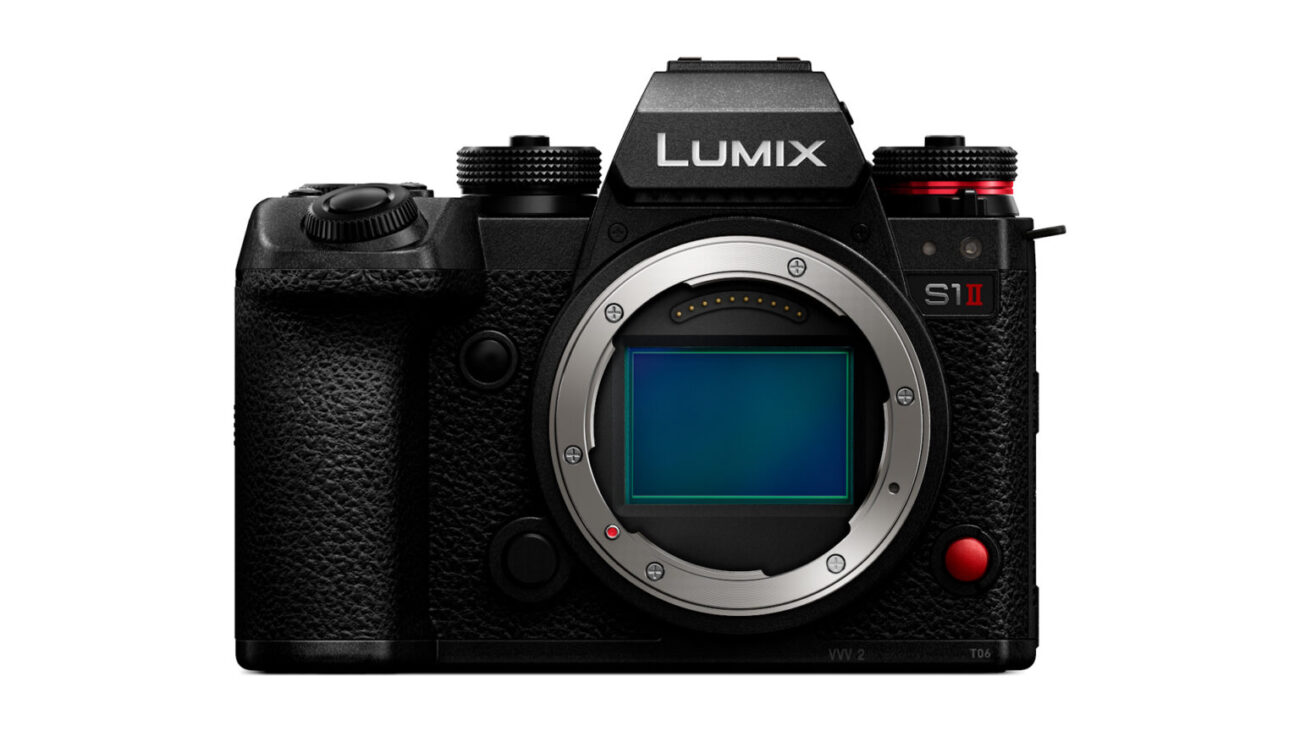
Internal ProRes RAW (or RAW HQ) video is available in 5.8K up to 30p or 4K up to 60fps. All raw recording modes are always pixel/pixel, so there will be a slight crop in 5.8K and a slightly larger crop in 4K. Internal raw video can only be saved on the CFexpress B card. When it comes to dynamic range, Panasonic again includes its Dynamic Range Boost mode in this camera. If turned on, the S1II should achieve up to 15 stops in V-Log. This, however, only works for up to 30fps and comes at a cost of slower readout speed. Without the boost, the camera achieves up to 14+ stops DR according to Panasonic.
Panasonic LUMIX S1II Camera Released – Partially Stacked Sensor, 5.9K 60fps, Open Gate, Internal ProRes RAW, and More
As expected from Panasonic, the camera includes a handful of assist tools for filmmakers. Furthermore, an upcoming firmware update will introduce multiple frame marker displays. On top of the 5-axis IBIS, there is also a cropless E.I.S. video distortion correction, which stabilizes without cropping the angle of view. Audio recording is available in up to 4 channels of 32-bit float with the optional DMW-XLR2 adapter. Without the adaptor, the camera records 2 channels of 24-bit audio.
Camera Body and Connectivity
In terms of media, just like the S1RII, the new S1II also has two memory card slots – one CFexpress Type B and one SD. On top of this, you can also use a fast USB-C SSD for recording. Raw video output over HDMI is available in a variety of resolutions and framerates up to 6K 3:2 30fps, 5.7K 60fps, or 4K 120fps.
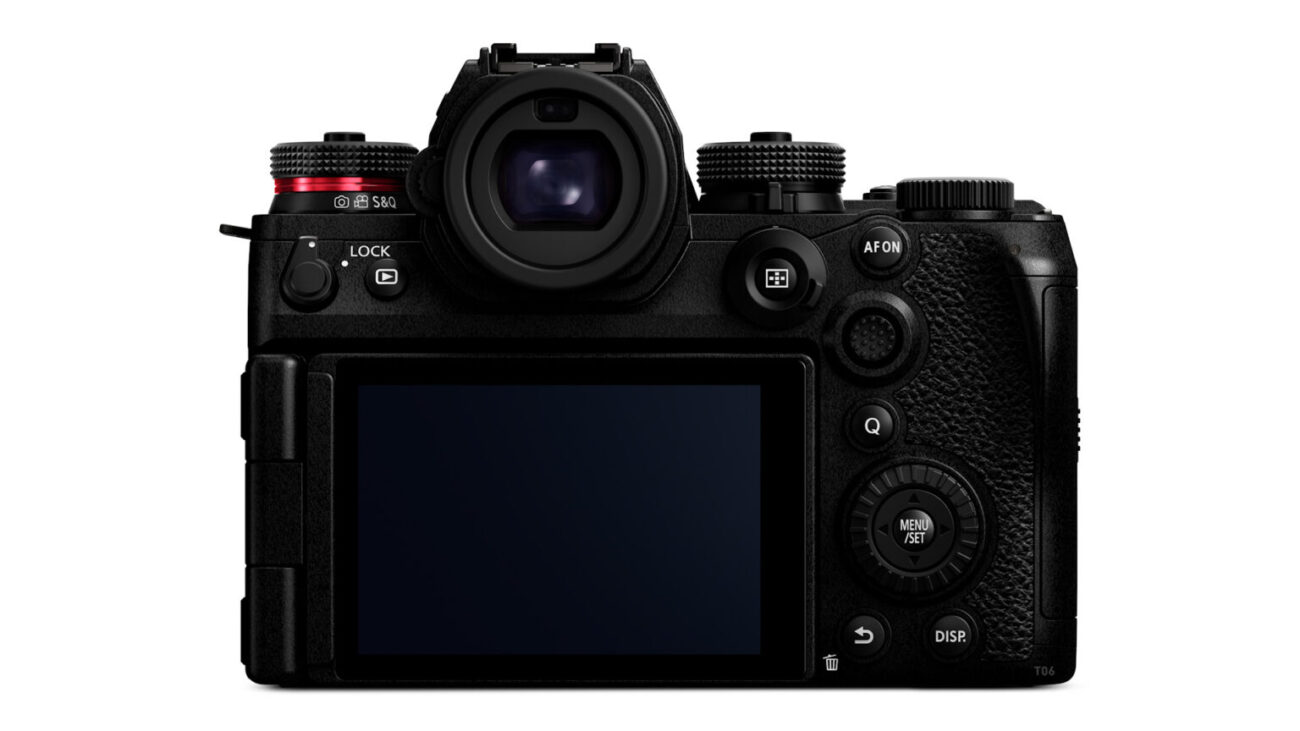
As previously noted, the S1II shares the same body with the S1RII, so there is an active cooling system, but the body is still weather-resistant and sealed against dust and moisture. Panasonic claims the S1II can operate at temperatures as low as -10°C (14°F).
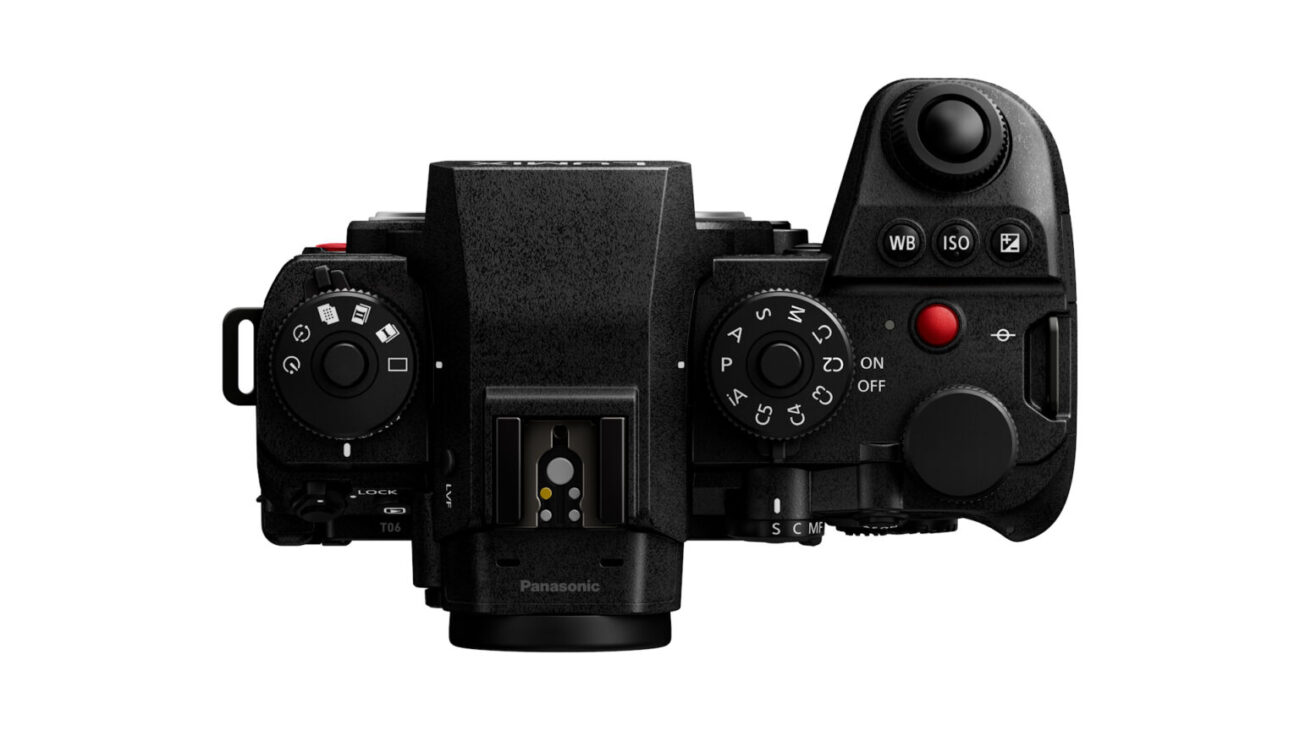
App Compatibility
For enhanced operation and easier post-production, the camera is compatible with a handful of applications via Bluetooth and Wi-Fi.
Capture One – professional studio photography editing software.
Frame.io enables smooth progression from shooting to editing, as well as cloud sharing and collaboration.
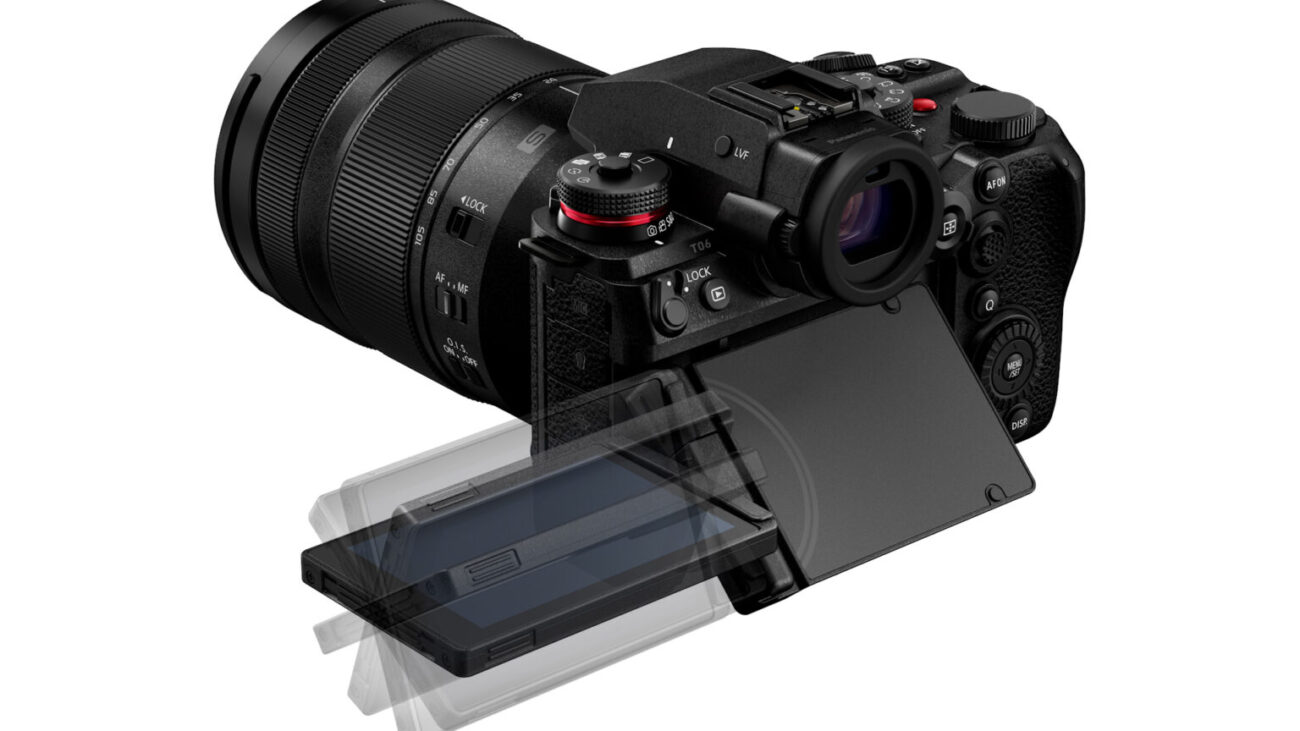
LUMIX Lab simplifies file transfer, editing, and color personalization of photos and videos for seamless smartphone integration and social media sharing.
LUMIX Flow assists with storyboard creation, on-site checks during filming, and automatic data organization after shooting to support the video production workflow. It includes additional assist features (Waveform monitor / Vectorscope / False color), and a mirroring monitor function.
Price and Availability
The LUMIX S1II will be available starting late June. The price has been set to $3,199.
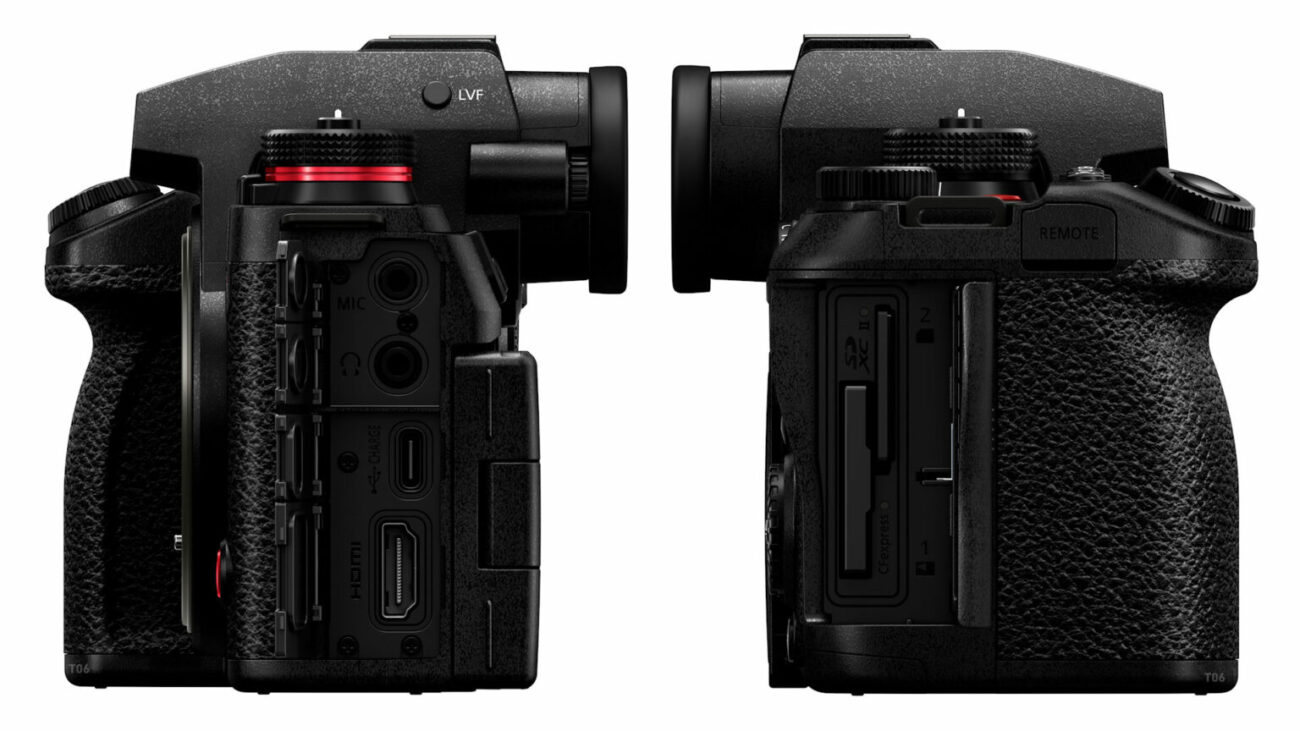
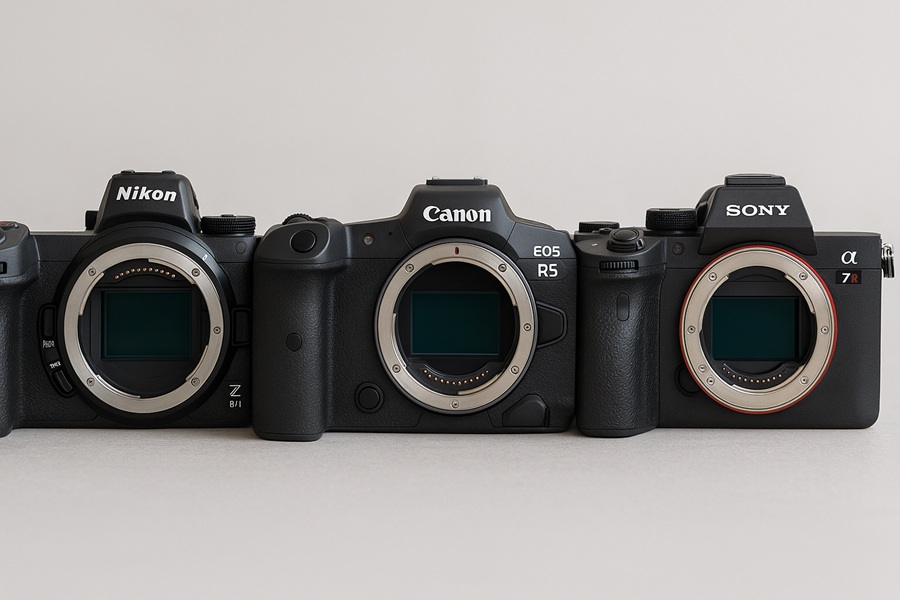
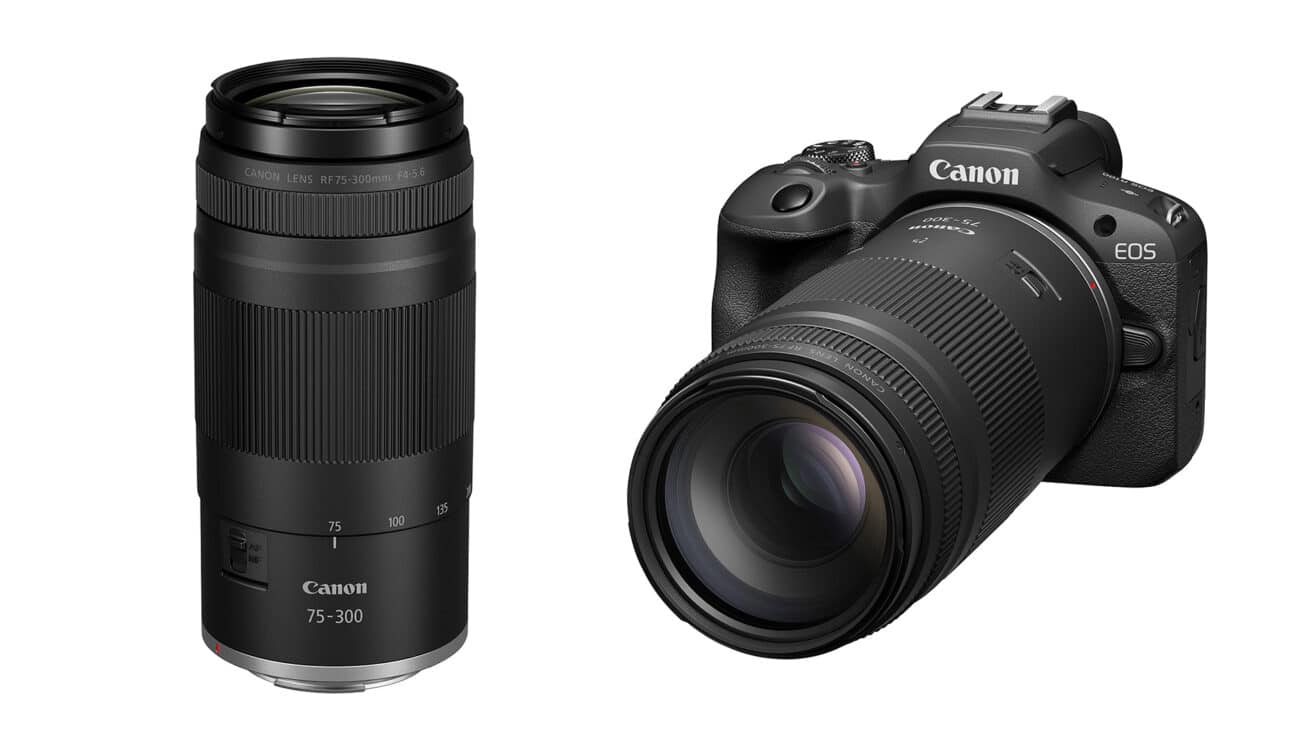
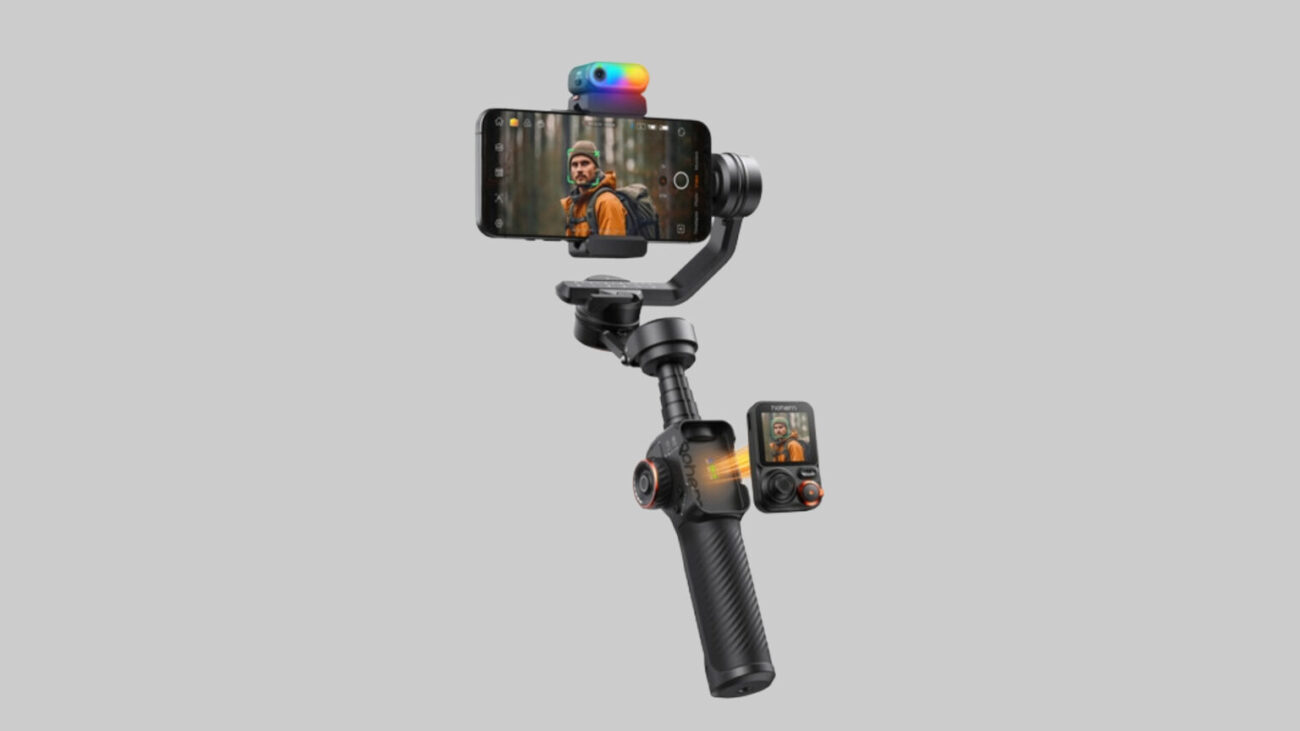
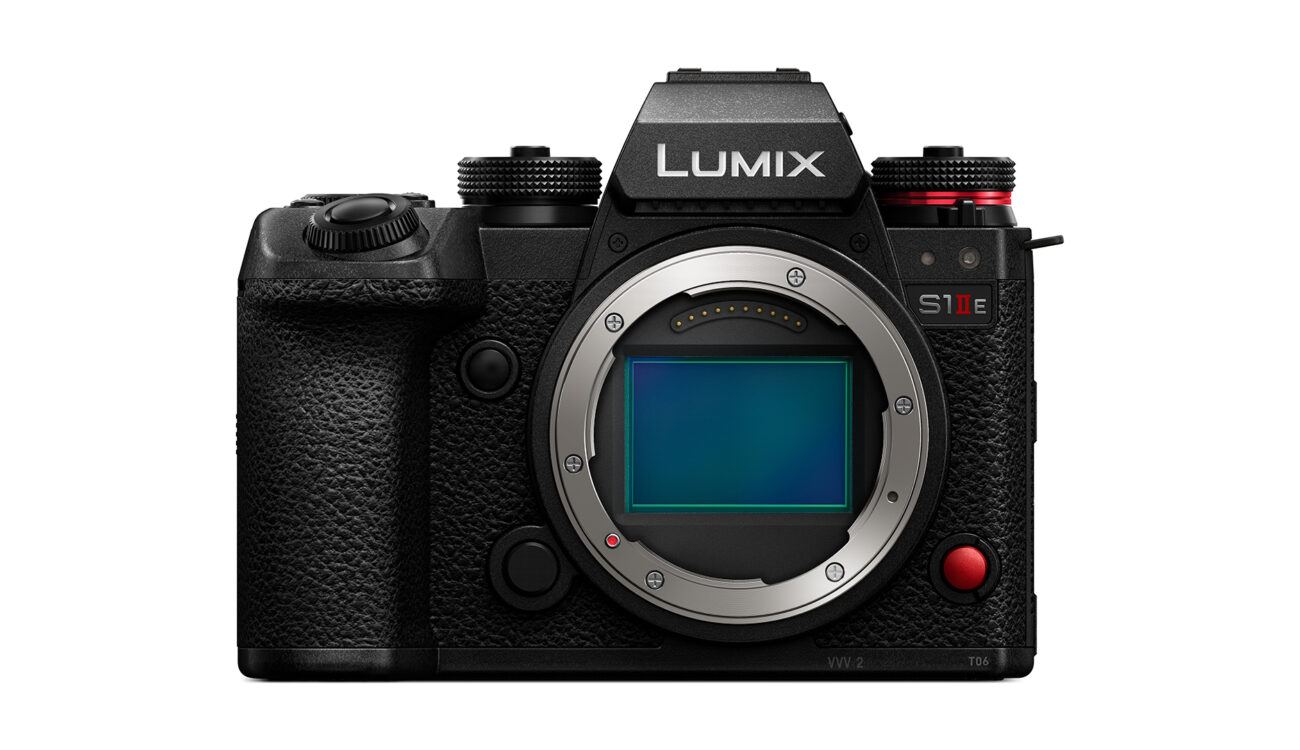
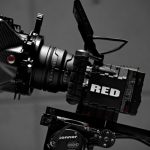 Cinema Cameras
Cinema Cameras Pro Camcorders
Pro Camcorders System Cameras
System Cameras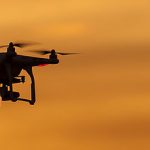 Drones
Drones